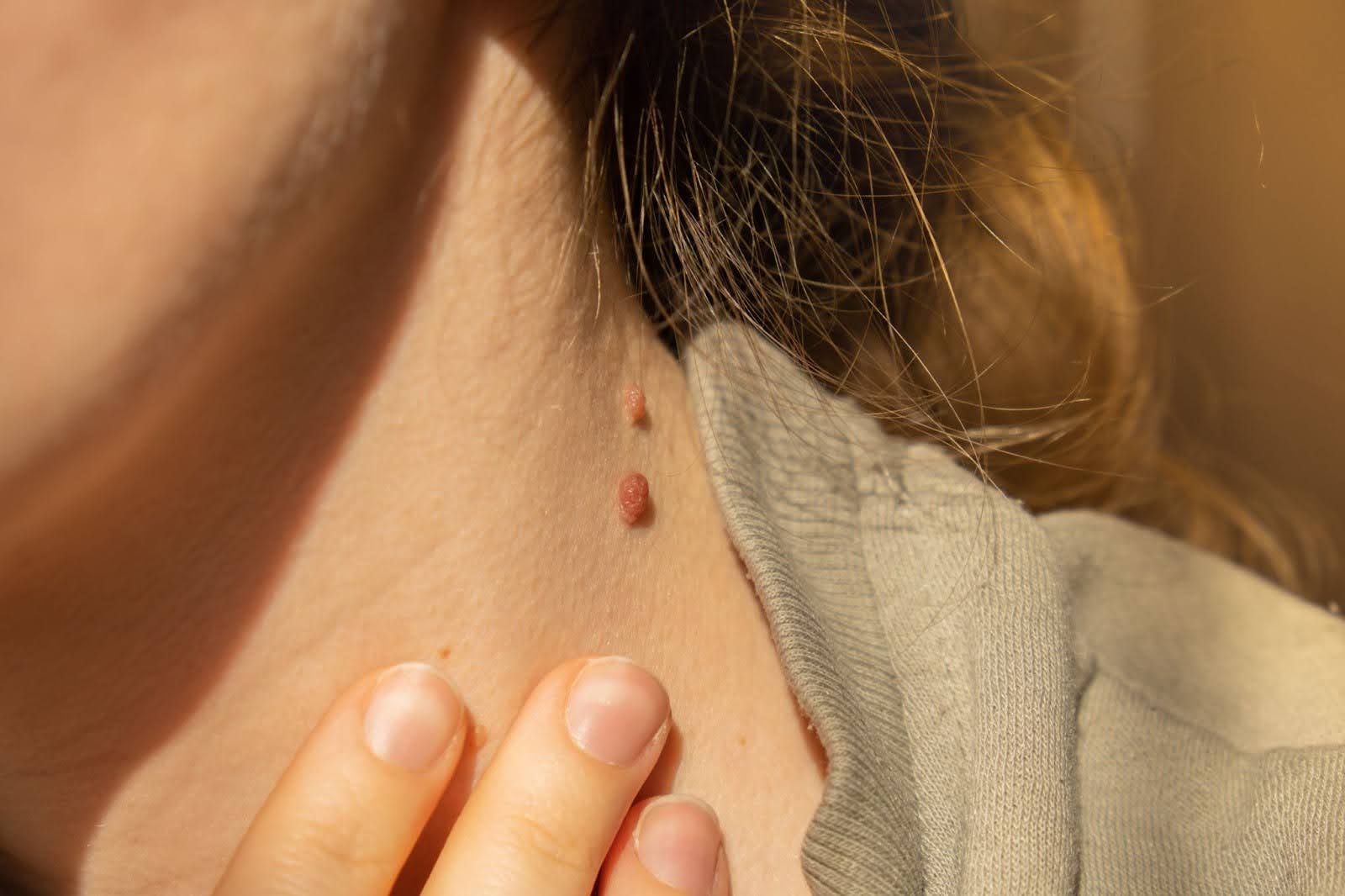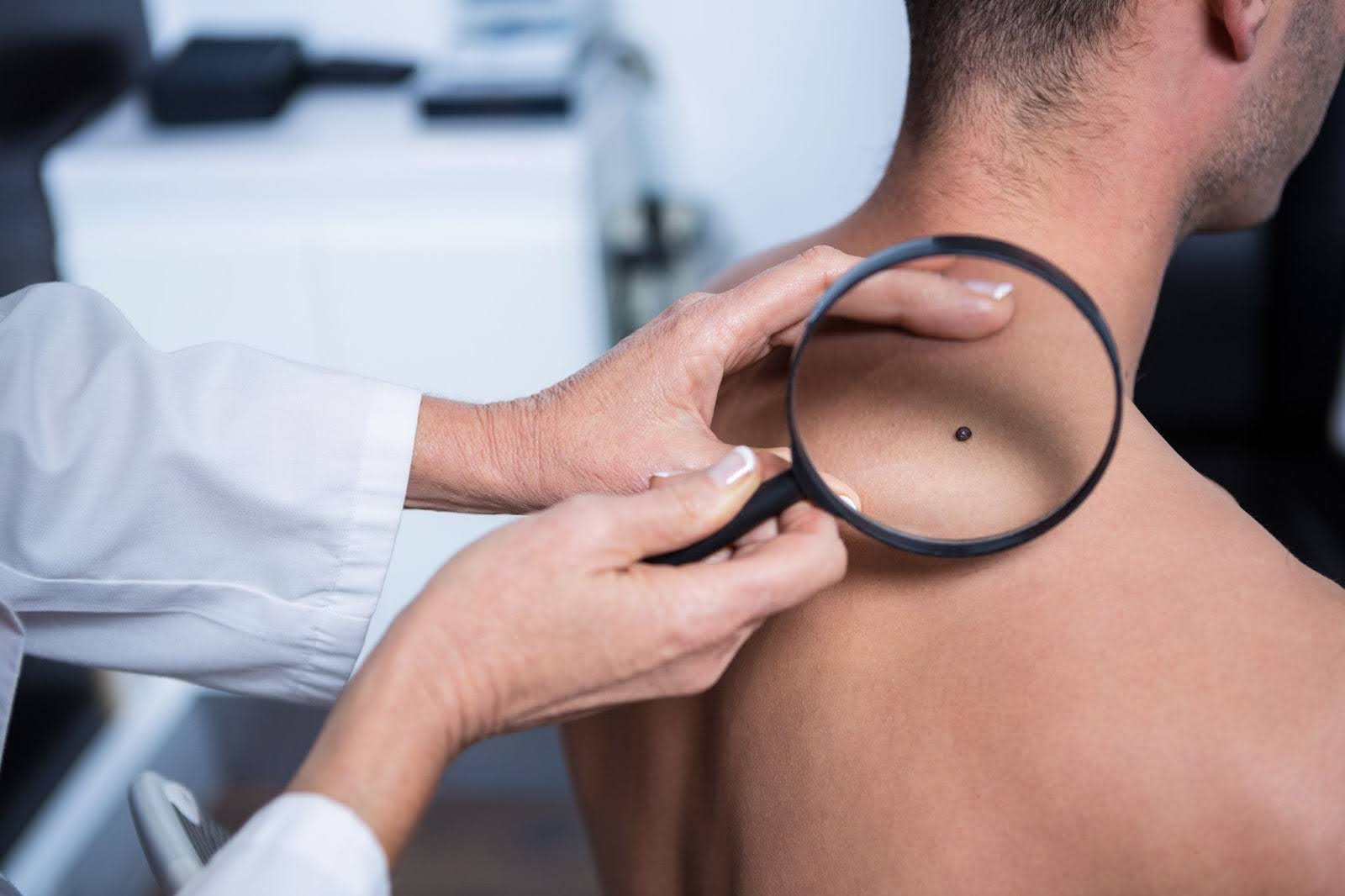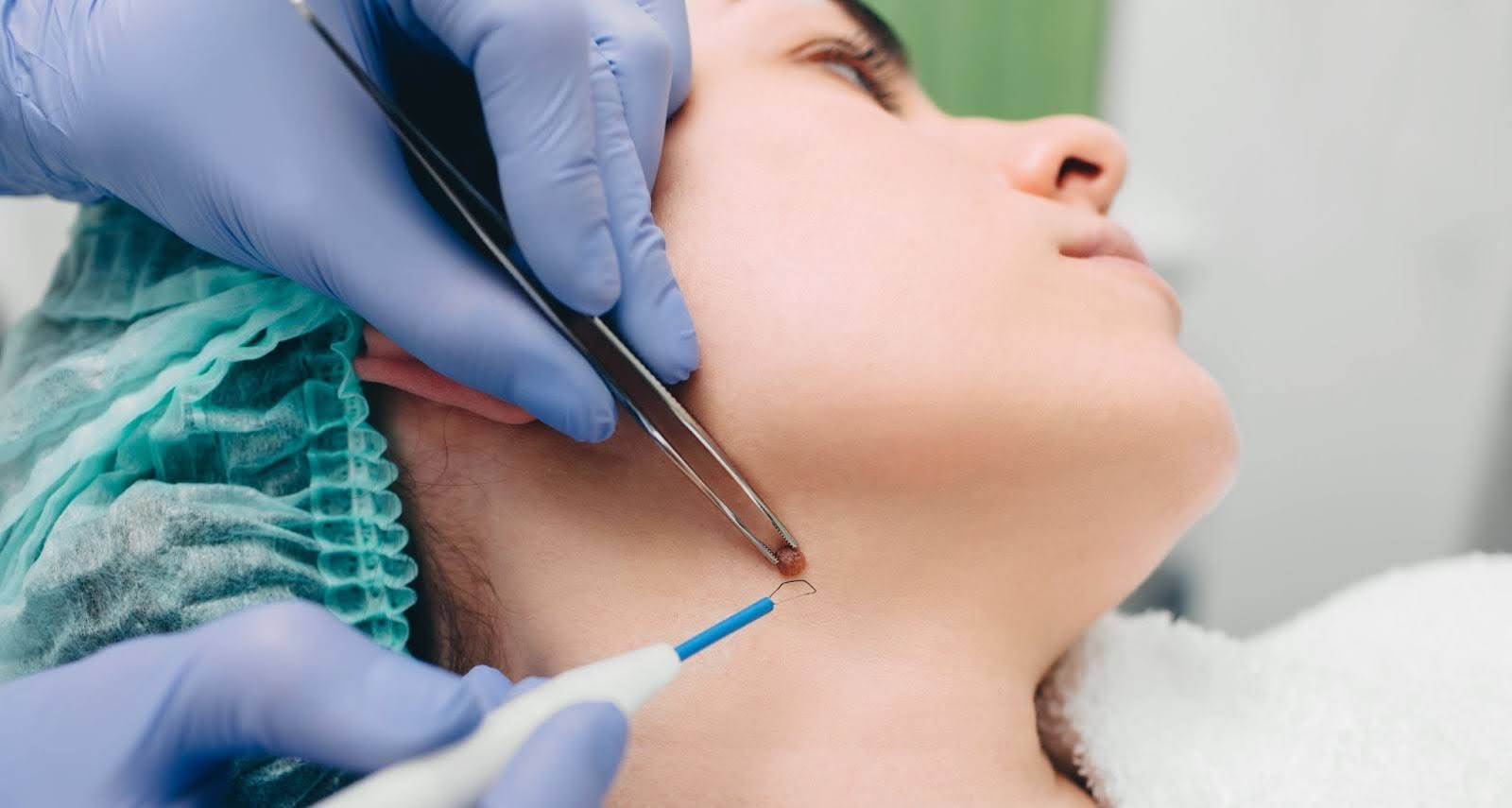
Moles often appear harmless, yet they can cause worry or discomfort. Some people remove them for health reasons, while others focus on appearance. The decision usually comes after noticing changes in size, shape, or location. Understanding both medical risks and cosmetic goals helps determine the right path. Mole removal can protect skin health or restore confidence in daily life.
People remove moles for both medical and cosmetic purposes. Medical concerns include cancer risks, bleeding, or irritation. Cosmetic reasons relate to visibility, comfort, or personal preference. Each factor plays a vital role in deciding whether removal is necessary.
Moles are clusters of skin cells that create small, pigmented spots. They can be flat or raised, smooth or rough, and vary in size. Many remain stable throughout life, but some change with age, hormones, or sun exposure. Dermatologists recommend monitoring moles for unusual changes. Understanding what a mole is helps people make informed decisions about removal.
Moles can become risky when they change suddenly or show irregular features. Warning signs include uneven edges, multiple colors, or growth beyond normal size. Bleeding, itching, or crusting also requires medical review. These changes can indicate melanoma, a dangerous skin cancer. Dermatologists use clinical exams and dermatoscopes to check for these signs. Removal prevents further harm and provides peace of mind.
Many people remove moles to feel more comfortable in their appearance. Facial moles, for example, may affect confidence or attract unwanted attention. Clothing and accessories can irritate raised moles, making style choices difficult. Removing them helps reduce discomfort and improve freedom in daily routines. Cosmetic decisions are deeply personal but matter as much as medical ones.
Moles often influence how people feel about themselves in social settings. Some feel embarrassed or avoid taking photos when moles stand out. Over time, this creates unnecessary stress or lowered self-esteem. Others may adjust clothing or hairstyles to hide them. Removal often brings immediate emotional relief and restores confidence. The mental impact is as real as the physical one.
Doctors recommend mole removal when health risks outweigh cosmetic concerns. Suspicious moles may indicate melanoma or other skin conditions. Pain, irritation, or bleeding also signal the need for removal. Medical reasons often make removal urgent and unavoidable.
Changes in a mole's symmetry, borders, or color are red flags. A mole larger than six millimeters also raises suspicion. Pain, bleeding, or sudden growth make medical checks urgent. Dermatologists often use the ABCDE method to assess melanoma risk. Biopsies confirm whether abnormal cells are present. Timely removal saves lives and reduces the chance of cancer spreading.
Some moles sit in areas where clothing or shaving causes constant friction. This irritation leads to bleeding, soreness, or infections. Raised moles on the neck, underarms, or waistline often create these problems. Patients seek removal to avoid repeated discomfort and skin damage. Doctors recommend excision or shave removal depending on the mole type. Relief usually comes quickly after treatment.
Patients with a strong family history of melanoma often take preventive steps. Dermatologists may advise removing irregular moles even if they are not harmful. That reduces anxiety and lowers the chance of missing early signs of cancer. Preventive removal offers peace of mind for those at higher risk. It also supports proactive skin monitoring over time. Such choices prioritize long-term health protection.

Mole removal begins with a thorough evaluation. Dermatologists use tools like dermatoscopes to examine patterns and pigmentation. Suspicious moles often undergo biopsy before excision, ensuring the correct treatment method is chosen. Accurate diagnosis reduces unnecessary procedures and avoids missed cancers. Careful review protects both health and cosmetic outcomes.
Cosmetic mole removal focuses on appearance, confidence, and comfort. Patients often choose removal when moles affect their face or body image. Others seek removal to reduce irritation from clothing or accessories. These reasons reflect personal values and lifestyle needs.
Facial moles often draw more attention than desired. Some see them as beauty marks, while others dislike how they look. Makeup may not entirely hide raised or dark moles. Removal offers a smoother appearance and greater confidence. Many patients report feeling more comfortable in photographs and social settings. These changes make cosmetic removal a meaningful choice.
Moles that rub against clothing often create discomfort. Raised moles near collars, belts, or jewelry are most affected. Friction causes redness, pain, or even bleeding during daily wear. Patients sometimes avoid their favorite outfits because of irritation. Removing the mole restores comfort and clothing flexibility. This freedom enhances both style and daily life.
Visible moles can impact how people feel about themselves. Some avoid social gatherings or hide moles with clothing. The stress of unwanted attention lowers confidence over time. Removal improves comfort in public and private spaces. Dermatologists often hear patients describe a sense of relief afterward. Emotional well-being is a valid reason for cosmetic removal.
Cultural ideas about beauty often shape how people view moles. At times, facial moles were seen as attractive. Today, smooth and even-toned skin is usually preferred. This shift influences how people feel about their own appearance. Many seek removal to align with modern beauty expectations. Decisions are deeply personal but shaped by broader social trends.
Medical and cosmetic mole removal differ in purpose, cost, and urgency. Medical removal addresses health risks like melanoma or bleeding, while cosmetic removal focuses on appearance and confidence. Knowing these differences helps patients decide clearly.
In medical cases, doctors often decide removal is essential. Cosmetic cases give patients the freedom to decide for themselves. Dermatologists explain both risks and outcomes so patients understand options. Shared decision-making ensures choices align with both health and goals. Patients benefit from professional advice but maintain control. This balance supports confidence in final decisions.

Insurance often covers Medical mole removals, but cosmetic removals usually require out-of-pocket payment. Costs vary depending on the procedure, clinic reputation, and location. Patients should confirm prices before scheduling removal. Understanding coverage avoids unexpected expenses, and financial planning is part of the decision-making process.
Healing varies between medical and cosmetic removals. Medical removals may require deeper cuts to ensure safety, which increases scar risk. Cosmetic removals often use less invasive methods for smoother results. Aftercare practices also affect scar appearance. Discussing healing expectations with a dermatologist helps prepare patients. Awareness prevents disappointment and improves recovery outcomes.
Dermatologists use proven methods to remove moles safely. The choice depends on the mole's type, size, and purpose of removal. Surgical excision, shaving, and lasers are standard techniques. Avoiding unsafe home remedies is essential for both health and results.
Excision involves cutting out the mole and the surrounding skin. Stitches are often required to close the area. This method is most effective for suspicious or cancerous moles. It reduces the chance of regrowth and ensures complete removal. Scars may appear, but usually fade with proper care. Patients value excision for its long-term effectiveness.
Shave removal uses a surgical blade to flatten raised moles. It is quick, simple, and requires little recovery time. Patients usually return to normal activities within a day. Scarring is minimal compared to deeper excisions. This method suits non-cancerous moles that do not need lab testing. It offers convenience and cosmetic improvement.
Laser removal uses focused light to break down pigment. It works best for flat or small moles with no medical risks. The procedure leaves minimal marks and is less invasive. Patients often need multiple sessions for full results. Lasers appeal to those concerned about scarring. Cosmetic clinics use this method for visible moles on the face.
Many attempt home remedies for mole removal, using creams, pastes, or even sharp tools. These methods cause infection, scarring, and misdiagnosis. A dangerous mole may go untreated without professional testing. Dermatologists warn against these practices for safety reasons. Only trained experts can provide safe and lasting results.
Professional care ensures safe and effective mole removal. Dermatologists provide both medical and cosmetic solutions. Researching qualifications and clinic standards builds confidence. Trustworthy providers improve both health and cosmetic results.
Patients should choose board-certified dermatologists for mole removal. Certification confirms proper training and medical expertise. Experience improves accuracy in diagnosis and treatment. Asking about years in practice builds reassurance. Professional credentials reduce risks and improve outcomes. This step should never be overlooked.
Reputation shows how well a clinic treats its patients. Online reviews highlight service quality and results. Referrals from family or friends add further trust. Positive feedback indicates reliable care and professionalism. Patients feel safer when choosing reputable providers. A respected clinic improves the overall experience.
Advanced technology makes mole removal precise and safe. Clinics should use sterile tools and updated methods. Devices like dermatoscopes and lasers improve results. High safety standards reduce the risk of complications. Patients benefit from modern technology and reliable techniques. These factors separate trusted clinics from less reliable ones.
Relying on qualified professionals ensures mole removal is both safe and effective. Whether driven by medical necessity or personal comfort, the outcome depends on skilled hands and modern techniques. Trusted care reduces risks, eases worry, and delivers results that feel right. If a mole causes concern or discomfort, seeking expert guidance is the most reliable step forward.
Stay informed and confident. Read the Naples Laser & Skin Aesthetics blog for expert advice on skin treatments, beauty, and wellness.
%402x.svg)

.png)
3641 10th St N Suite B, Naples, FL 34103